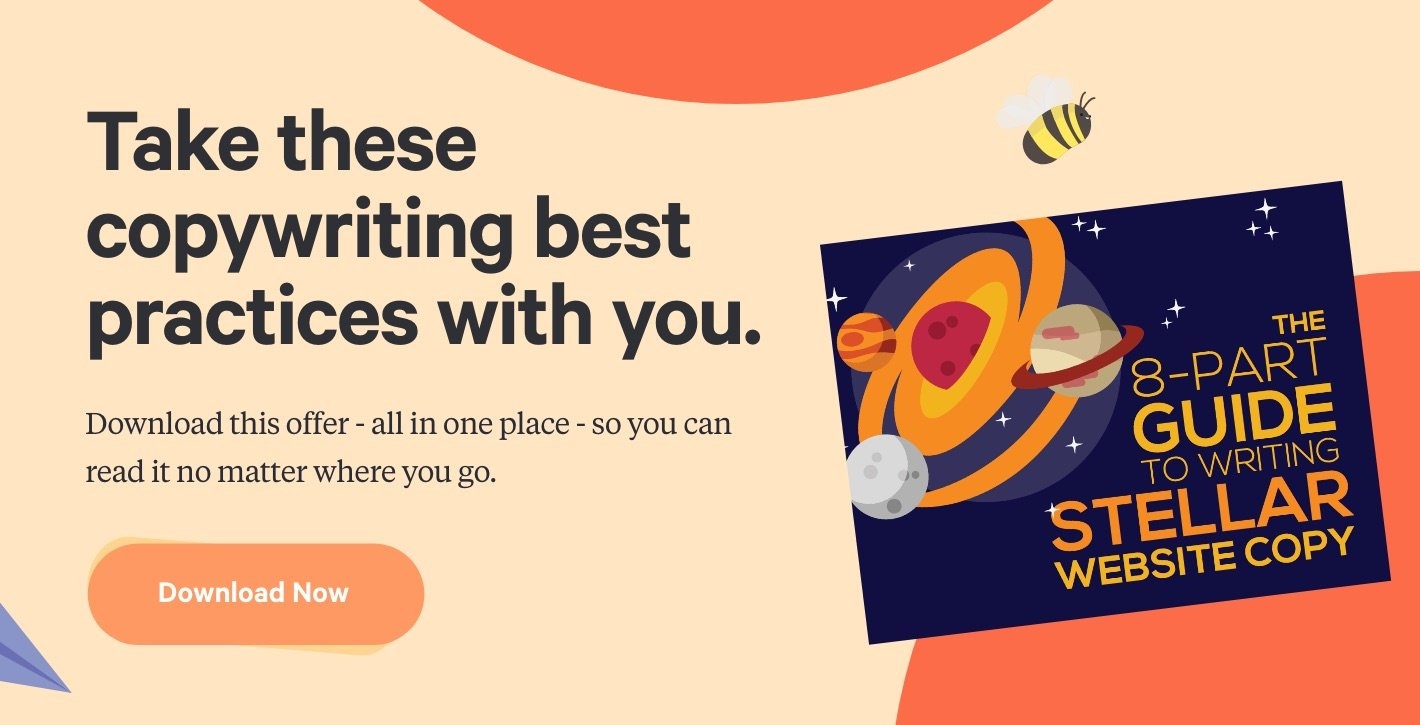The 8-Part Guide To Writing Stellar Website Copy


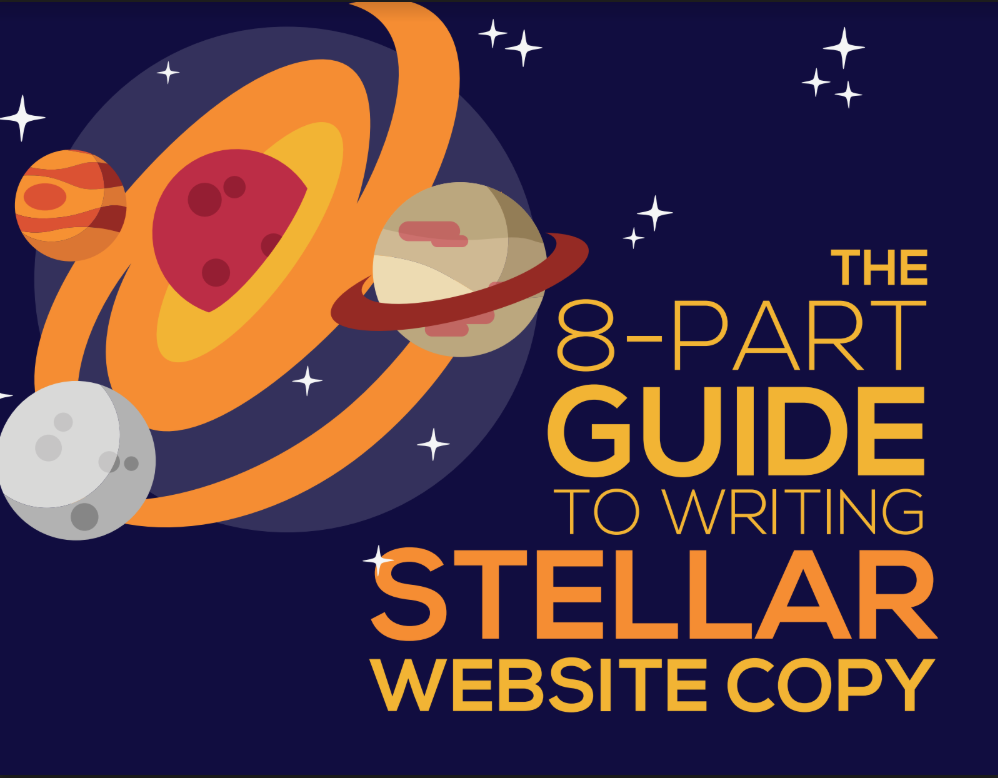
So, you’ve just been handed an assignment to write web copy—either for your own company’s website or another’s. Regardless of whether or not you've written website content before, you might be wondering where and how to get started.
Before you start Googling “how to write amazing web copy,” know this: Writing copy for websites isn’t as simple as plugging keywords into a template and pressing “go.” There’s no single formula you can use to guarantee great results.
So, instead of giving you step-by-step instructions for creating compelling web copy, we think you’ll benefit more from learning about these website copy writing best practices. You can use them no matter what industry you’re writing for to see some amazing results.
Table Of Contents
Before you start writing, read this.
One thing separates good copy writers from mediocre ones: Excellent web copy writers know how to speak directly to individuals. The web is unique when it comes to communication, because while you’re creating content for mass consumption, it’s nearly always consumed by an individual in a private setting.
It’s not typical for someone to look at a website with a group of friends—and it’s not typical for someone to have a bunch of people with them weighing in or giving feedback. Web copy consumption usually involves an individual reading on their phone, tablet, or computer. This concept informs most philosophies about writing for the web—this is a personalized medium.
Two notes before we get started:
- In this guide, we’ll be focusing specifically on business-to-business (B2B) copy writing. While much of what we discuss may be applicable to the business-to-consumer (B2C) world, Nectafy works mostly with B2B businesses—since that’s what we know best, that’s what we’ve chosen to focus on.
- The homepage is one of the most critical components of a successful website. Look for the homepage symbol throughout this guide to find tips specifically about homepage copy writing.
“Good” Website Copy: A Definition
Website copy is the written content on a website that communicates the value and benefits of an organization and its service or product, and gives the reader a “next step” to take.
What are the most important components of good website copy?
It’s precise and targeted.
Good web copy speaks directly to the persona you’re trying to attract. You need to put in the work to identify that persona before you start writing web copy, so you don’t waste your time and effort crafting copy that doesn’t hit the mark, or that is compelling to the wrong audience.
It’s action-oriented.
You can have the best, most precise copy in the world, but if it doesn’t lead the reader toward taking action, it’s not useful. Imagine going to a site, reading copy that talks about your problem or question, but provides no way to actually solve it. That’s what copy that isn’t actionable is like—you leave out the most important part.
Not all pages of copy will have the same “next step”—this is why it’s crucial to have a plan in place when you map out each web page. Some websites will have very specific, bottom-of-funnel calls-to-action (CTAs), like demo requests, free trial requests, or scheduling/booking requests. Other CTAs may include white papers, guides, or even links to related pages on the website. These “next steps” may be designed buttons or simple text links.
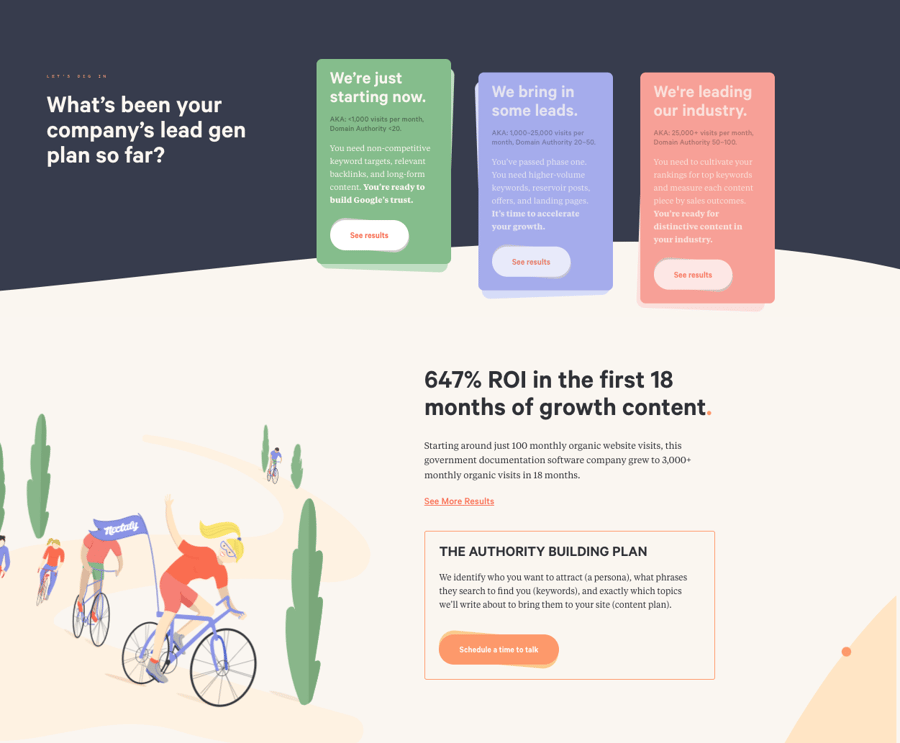
It’s shorter than most other copy (typically).
Typically, website copy is brief, conveying only the necessary amount of information to get the reader to take the next step. This is because people have short attention spans—if you don’t hook the reader relatively quickly, there’s a good chance they’ll leave and return to checking social media or the search results page. For this reason, it’s essential to make your web page copy as direct and focused as possible.
That doesn’t mean you can’t include lengthy, detailed content anywhere on your site. A blog is a great place to expound upon things that are important to your persona. Be sure to dedicate time to developing and writing long-form blog posts that support your web copy and link back to relevant pages elsewhere on your site.
Why is website copywriting important for B2B companies to understand and optimize?
B2B and B2C conversations are simply different from one another. Discussing another business’ problems, pain points, and solutions is a different conversation than discussing those same things with an end-user customer. Similarly, B2B copywriting allows you to delve into the more complex, technical conversations pertinent to your industry that you likely wouldn’t approach if you were writing B2C copy.
Done right, your B2B web copy can be an important component of your digital marketing strategy. It engages readers, explains your product or service, and hopefully motivates businesses to take action and make a purchase.
Our Nectafy Web Page Writing Template
We’ve created a web copy template that we use for each page of copy we write. It prompts the strategist to assign keywords, a URL, and a page outline to guide the writer. Writers fill in the meta title and meta description, and write the page copy underneath the box. This information is useful for both the writer and the person who will ultimately handle the wire-up of the page. We recommend using a similar template (or creating one that suits your specific needs) so you don’t have to go hunting for information at any stage.
|
Keywords |
|
|
URL |
|
|
Meta Title |
Proven Returns With Growth Content | Nectafy |
|
Meta Description |
Growth stories from companies that have partnered with Nectafy |
|
Page Outline |
Content
Resources
Creating Buyer Personas (Nectafy) How To Create Detailed Buyer Personas For Your Business (HubSpot)Part 1: Understanding Buyer Personas
Before you start writing anything, you need to understand who you’re talking to. You can figure this out by creating “buyer personas,” which are semi-fictional representations of your ideal customers based on research and real data about your existing customers. (If you need help with this, we’ve listed a couple articles that can get you started in the resource section to the right.) You should have 1-3 buyer personas in mind when writing your web copy. As you begin, consider the following:
- Talk to your persona, not about them. It’s easy to fall into the habit of writing about your buyer personas instead of writing to them in your website copy. Don’t do that. You wouldn’t talk about a person if they were standing right in front of you, would you? Think of the persona on the other end who’s actually reading your copy, and write to them.
- Identify the things on your buyer personas’ minds. What are the pain points, interests, or questions that prompted them to come to your website? As much as we love our own websites, it’s unlikely many people are visiting them because it’s “fun.” There is nearly always a pain point behind why they’ve landed on the site. So, when you’re reviewing your buyer personas and preparing to write your copy, make sure you identify the most likely pain points each persona is dealing with and, if you’ll be writing to multiple personas on one page, find a common denominator between all of those pain points to ensure the copy will resonate with all of your readers.
The homepage should be an entry point into specific solutions for your buyer personas. You can do this by having your personas identify themselves (which is what we do on the Nectafy homepage).
Not every persona will self-identify (i.e., “I am a [position title] and I want [solution]”). They may gloss over this section of the page, simply wondering what your company does and how you could solve their problems. Make sure you address that, too.
For example, on our homepage, we’ve created four scenarios tied to our personas and added a fifth for “everyone else”—those who may be interested but don’t self-identify with any of the other scenarios.
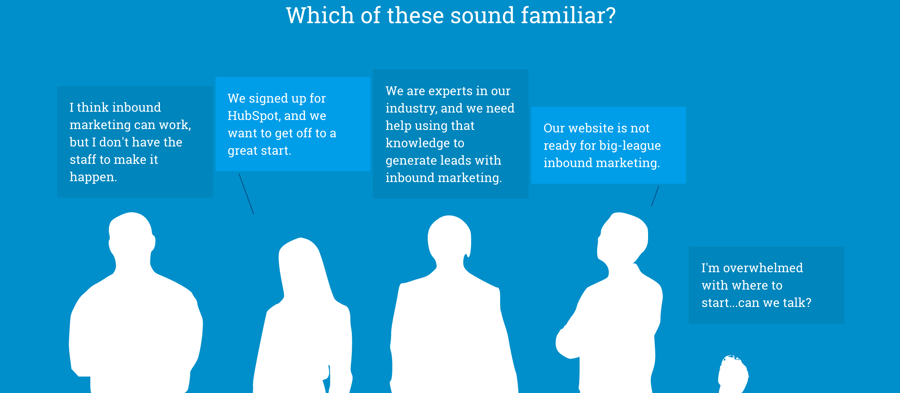
Part 2: Meta Information
There are three pieces of metadata you’ll need to write for each of your web pages: a URL, a meta title, and a meta description. This information will show up only on a reader’s browser and in search results—not on the pages themselves—so it can be easy to forget! But these three elements are essential to engaging your readership (and for SEO), so make sure you put thought into crafting them. Here’s what you should remember about each of these elements from a copy writing perspective:
URL: This seems like a pretty insignificant thing, but the URL you choose needs to be clear about what your audience can expect when they click the link.
- Keep the URL as short as possible.
- Always go with readability first and SEO second. Example: You might want to organize a URL by a hierarchy of services, like “nectafy.com/services/website-design,” but from a readability perspective, it’s a lot easier to digest “nectafy.com/website-design.” To strike that balance between writing for humans and writing for search engines, we have chosen “nectafy.com/custom-website-design” for our page about web design—this URL is easy for our website visitors to consume and includes a phrase our persona is searching for on Google.
Meta Title: The meta title shows up as the page title both on the top of a reader’s browser and in search results. The concept behind the meta title is to reassure your readers they have found the right place to get answers to their questions.
- Meta titles should be a description of the page, just like a title of an article. Example: “Custom WordPress & HubSpot Website Design | Nectafy”
Meta Description: As a general rule, the meta description will show up only in search results. Its purpose is to tell the reader there is something worth seeing on the other end of the link. It should be treated as teaser copy—you want to set yourself apart from all of the other descriptions on that page of search results.
- Always write it with readability/humans in mind first.
- You can go for something a bit quirky and still include a keyword phrase for SEO. Example: “Tired of clicking around other custom website design agencies’ sites? I think you’re going to like what you see here.”
Part 3: Headlines
The goal of a headline should be to get your personas to say to themselves, “These people get me!” You want them to nod and think, “Yeah, that’s what I’ve been telling my boss forever,” or “This is exactly what I’ve been looking for!” By doing this, you become their advocate. You’re no longer trying to sell them something—you’ve already identified their issue. If you can write your copy in this way, you won’t have to to convince someone to buy your product—when you acknowledge what they already know, they’ll be open to learning more. Here are some general tips for writing your headlines.
Make sure your headline is clear about the page’s topic. Be clever, but don’t be so clever that your persona is confused or can’t nod their head in agreement because they don’t understand it.
Try to get the most important keyword or keyword phrase in headline. This will be helpful for SEO.
Don’t fall so in love with metaphor that you need to take another step to explain what’s going on. If your metaphors make things complicated, you need to refine your headline. Your headline should be easy for a visitor to understand. If your persona isn’t new to the industry, it’s fine to use industry language. Every time you try to use obscure metaphors, you’re putting one more barrier between your website visitor and a sale.
Don’t use sliders or banners. We hate sliders because they dilute your message. With sliding banners, your web visitor has to sift through multiple messages (that may not even pertain to them) rather than read one primary message that’s written with them in mind.
Crafting Your Homepage Headline
Your homepage headline needs to be a broad statement that covers the majority of your services while also getting your persona to nod their head in agreement.
- Write to specific people. The challenge of a homepage headline is that you may be offering multiple services to multiple personas. Don’t let your headline become watered down and unrecognizable, or it won’t cause anyone to nod their head.
- Find a common denominator. As long as you’re intentional about only having 2-3 personas, you should be able to find a “common denominator” headline that includes information each persona can identify and agree with. (If you have 15 personas, the battle needs to be fought elsewhere. If that’s the case, you don’t need to write a headline—you need to figure out your company’s focus and structure.)
When you visit our homepage, here’s what you’ll see:

The headline speaks to a problem each of our personas wrestle with—and we wrote the headline as if we were going to get to talk with those personas.
Resources & Tips
- “The purpose of the headline is to pick out people you can interest. You wish to talk to someone in a crowd, so the first thing you say is, ‘Hey there, Bill Jones’ to get the right person's attention.” (Scientific Advertising)
- Write headlines rhythmically. (KissMetrics)
- Make your headlines urgent, unique, useful, and ultra-specific. (Writtent)
Part 4: Benefit Copy
A benefit describes how the customer or client should feel—or how their life will be different—after using your product or service. Benefit copy is more about an actual change or feeling the persona will experience, whereas feature copy discusses the functionality of your product or service.
Example: “Take back 20 hours a month” is a benefit; it’s something you derive from a product or service. “Project management analysis” is a feature; it’s a function of the product or service.
A benefit should cheer the persona on.
If you’re a human resources software company, one of your customer’s biggest pain points might be dealing with the frustration that is HR! You need to identify this pain point, and then cheer your personas on.
Good example: “Take 10 hours of your life back each week.” That is a wonderful feeling for your persona! Who doesn’t want to save precious hours of their work week?
Bad example: “We’re going to handle payroll for you and make sure you don’t get sued.” Womp womp. Your persona expects this from your software, but isn’t going to be excited by it.
Speak directly to the persona.
Those personas you worked so hard to figure out? Keep them in mind! Don’t get halfway through your copy and forget your focus. You should approach benefit copy with a “here’s what’s in it for you” attitude.
- Don’t speak in generalities. Instead of saying, “Our customers feel wonderful,” you’ll want to say (in so many words), “You’ll feel wonderful! You deserve this!”
- Demonstrate how the product or service will directly impact the persona. There are very few of us who have greater motives outside of how a product or service impacts us personally. We want something that will appeal to our company and suit their needs, but will first and foremost suit our individual needs. For example: If you’re writing about technology an engineer will use for her company, speak directly to her. Express how this technology will make her look really good when she presents a new prototype to her committee.
Here’s an example from one of our clients’ homepages that does both of these things well.
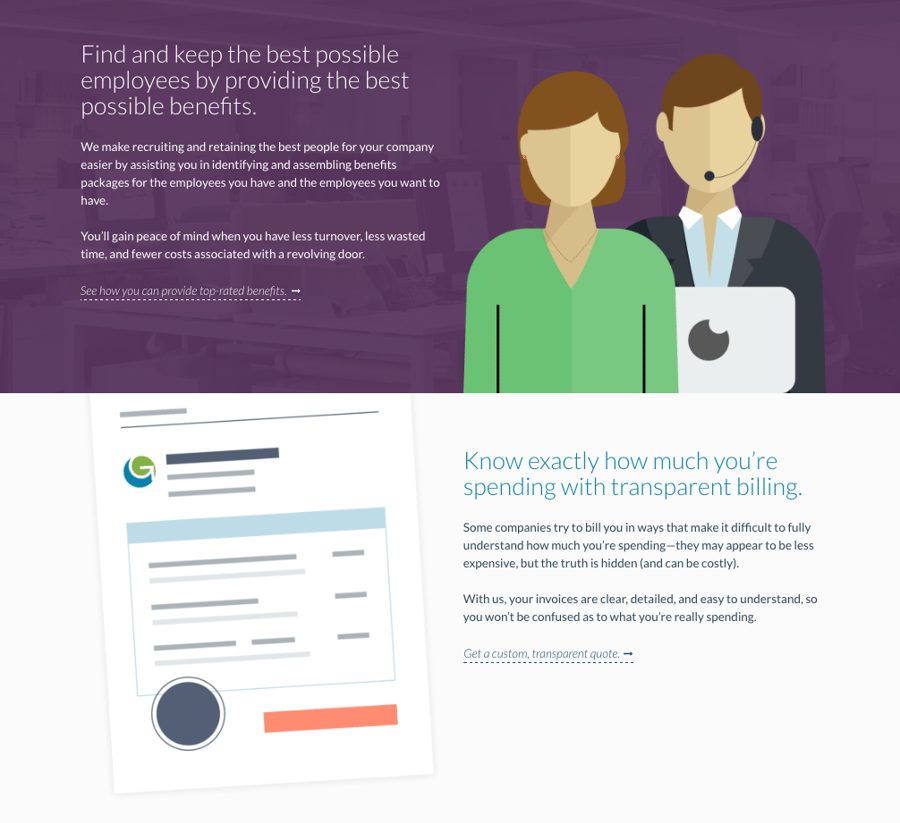
Part 5: Feature Copy
A feature is something the client will have through the use of your product or service. If a customer asks the question, “How will this be done using your product?” a feature (or multiple features) will be the answer.
Example: “Export your data” is a feature. A data export is something you can do with a piece of software, not a benefit of using that software. “Share your reports in any format you choose” is a benefit. It’s an advantage given to the user of this product.
Follow your benefit statements with features.
Set up your copy by first writing a benefit statement. Then follow it by a sentence (or some bullet points) that explain the features that go hand-in-hand with that benefit. Take a look at the following example:
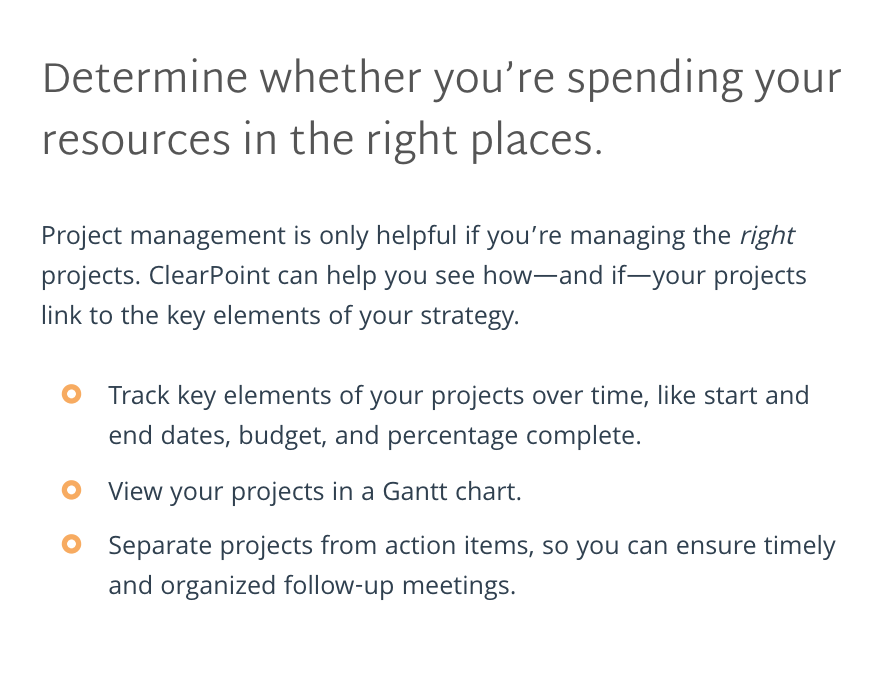
The headline is a benefit—it’s advantageous to know if you’re spending money in the right places! The subheadline echoes the benefit, and then proceeds into some bullet points that describe the features of the product that lead to that particular benefit.
Know your audience.
This makes a huge impact on how many specific features you should tout.
If your company is very spec- or numbers-oriented—say, you manufacture radio hardware—your persona is going to need to know every product feature and detail.
If your company is service-based, you may not need to include so many detailed feature specifications. Again, this all comes down to knowing your buyer personas.
Resources:
- 6 Steps To Writing Seductive Web Copy (Copyblogger)
This recommends some steps on how to get from features and specifications to benefits—and is worth the read.
Resources
How To Write Product Page Copy That Doesn’t Suck (ConversionXL) 7 Simple Steps To Writing Product Descriptions That Sell (Kissmetrics) How Much Of Your Copy Is Totally Irrelevant? A Case For Web Personalization (Copyhackers)Part 6: Sales-Based Copy
The argument can easily be made that all website copy is “sales-based,” in that it is meant to lead a persona down the sales funnel. But in this section, we’re talking specifically about writing product or service pages with a direct call-to-action to purchase something—not just take another step toward becoming a sales- or marketing-qualified lead. This kind of web page is meant for immediate conversion.
With that in mind, we suggest the following practices:
- Condense the formatting. Sales-based copy takes into account all other best practices for website copy writing, but presents it in a more concise way.
- Don’t forget the specifics. You’ll need to demonstrate the benefits, but will have to list all of the major features of the product or service as well. Your persona still wants to know what’s in it for them, but before they’ll convert, they need to ensure that this “thing” will really work well in its intended role. The features should be short and informative.
- Look at page organization. Organize the page in this order:
- The challenges the persona is facing.
- The solution you’re offering.
- The benefits of using the solution.
- The features of the solution.
- Default to “you” instead of “we” or “us.” Don’t say, “We built this”—say, “You’re facing this challenge, and this is the solution.”
How much could your company grow with growth content?
Calculate your expected growth in organic visits based on the average Nectafy client.
Get all these numbers in your inbox.
Part 7: Call-To-Action & Landing Page Copy
As I mentioned earlier, CTAs and landing page copy are arguably the most important pieces of content you’ll write, because they provide direction to your reader, guiding them to a predetermined next step.
Resources
How Much Copy Should You Use On Your Landing Page? (Copyhackers) Avoiding Friction Words In Your Web Copy (Copyhackers)Call-To-Action (CTA) Copy
A CTA is a call-out that directs the reader to take a particular action. A CTA can be effectively broken down into three parts: the heading, the subheading, and the download button.
Heading
This is your chance to grab your persona’s attention, so don’t waste it.
- Make your heading brief and direct. Your persona may not care for witty or eye-catching statements, but prefer a more direct approach. If so, cater to them!
- Examples:
- “The Cover-All-Your-Bases Handbook”
- “Free White Paper: White Paper Title”
- Examples:
- Relate to the persona’s pain points. Inbound marketing is effective when it solves a problem the persona has. If you can immediately identify this problem, you’re headed in the right direction.
- Examples:
- “Frustrated by your reporting process?”
- “How much could ignoring export regulations cost you?”
- “Wish you could figure out if HubSpot would work for you?”
- Examples:
- Provide a benefit right from the get-go. As previously mentioned, your ideal persona wants to know right away what’s in it for them—so use your heading to speak to that!
- Examples:
- One of our client’s CTAs has a 90% click-to-submission rate—which is phenomenal. The heading—“Build a winning export strategy!”—is simple and effective, with a clear benefit to the persona.
- “Spend less time analyzing results and more time managing them.”
- Examples:
Subheading
You’ve now caught your persona’s attention with your heading. The subheading is the only sentence (or two) you have to close the deal, so make each word count.
- Use the headline of the deliverable.
- Example: “How to determine if you need an export license.”
- Tell them about the deliverable.
- Example: “This 16-page guide explores use cases, fundamental concepts, and leading technologies of low power, wide-area networks.”
- If you ask a question in your heading, answer it.
- Example: “Download this extensive list of customer measures to find out.”
Download Button
We use “Download Now” as our go-to download button text. It’s simple, immediate, action-oriented, and has worked very well for us.
If your CTA isn’t for a downloadable offer, keep your language concise:
- “Begin Free Trial”
- “View Calculator”
- “See How”
- “Learn More”
Calls-to-action are extremely important on your website’s home page—so you’ll want to offer multiple CTA options. For example, they may not have enough “pain” to go right to the bottom-of-funnel solution, but they could be looking for guidance in how to solve the problem they’re experiencing on their own.
Offering quality additional content is great for the “DIY”-type persona who still wants to learn more before taking the plunge with your product or service. Over time, she’ll realize she needs your help, and when the lightbulb goes off, she’ll reach out.
Landing Pages
A landing page is the web page your visitor “lands” on that has a single focus: getting the persona to perform the action you want them to take. According to Search Engine Land, “The top 10% of landing pages are converting at a rate 3 to 5 times higher than the average.” Wouldn’t it be great if your landing page was seeing results like that? These tips may help you get there:
- “The head nod” test. Everything written on a landing page (and every web page for that matter) should lead the persona to nod their head in agreement and think, “The obvious next step for me is to fill out this form and get this thing.”
- Create a sense of time sensitivity and scarcity. Classic sales methodology says that time sensitivity and scarcity convert. (And it’s right.) For example, “For the next 24 hours, you have access to this—then it’s gone!” and “There’s only 15 left!” But this is difficult to do with a free, always-available downloadable item like an inbound marketing offer (i.e., a piece of content you offer your prospects and leads for free in exchange for information about themselves.) To accomplish this, we use implied urgency. Remind your persona that the more time that passes without a solution to their problem, the worse off they are. Explain that this ebook or guide can help them see results immediately (if that’s true, of course).
- Do what you can to overcome friction. Every action has a certain amount of “friction” associated with it. According to Copyhackers, “Friction words are words that describe things people have to do – not things people want to do. They cause cognitive friction. Web copy that converts is focused on what people want to do.” If your reader feels that performing the action on your landing page is going to be a waste of time (or just plain unpleasant!), that means your language is causing friction.
- Example: If I’ve created an employee handbook that you can use for your own company, that’s an incredibly valuable asset. But my persona needs to think that the information I’m asking for in exchange for that handbook is perfectly reasonable in order for them to move forward.
Part 8: Miscellaneous Best Practices
Establishing Credibility
Inbound marketing is nothing without the trusting relationship between the company and the reader. For inbound marketing to function correctly, your persona should believe that what you’re telling them is accurate, truthful, and helpful. If they feel like you’re being less than forthright about your product or service, your reputation—and your bottom line—could suffer. And if your website copy is filled with grammatical errors or disorganized ramblings, you’ll likely dissuade your persona from purchasing your product or service.
There are many ways you can showcase your trustworthiness on your website. Here are a few ideas and some examples of each.
Testimonials
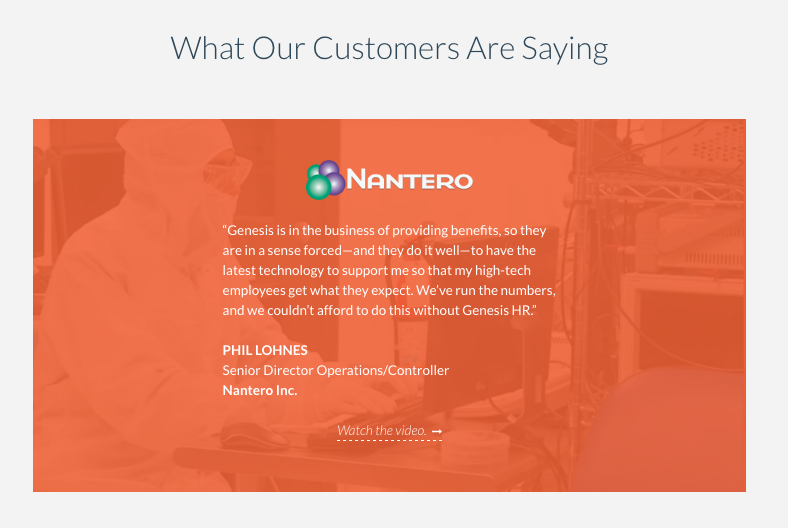
Statistics
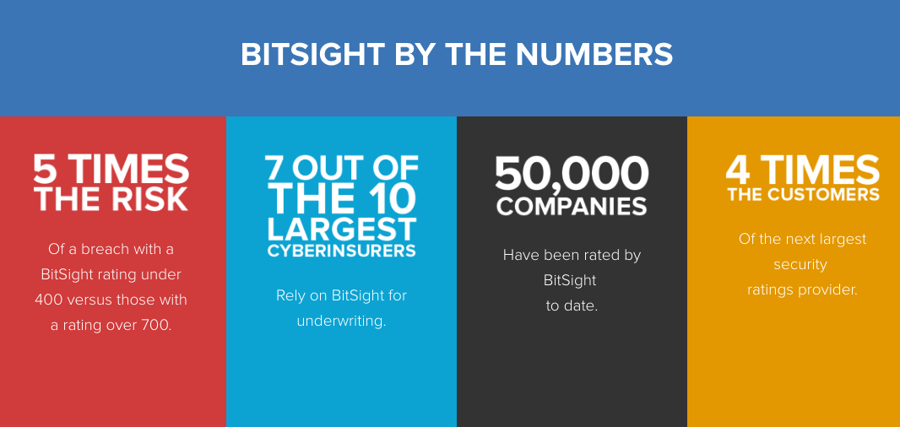
Case Studies
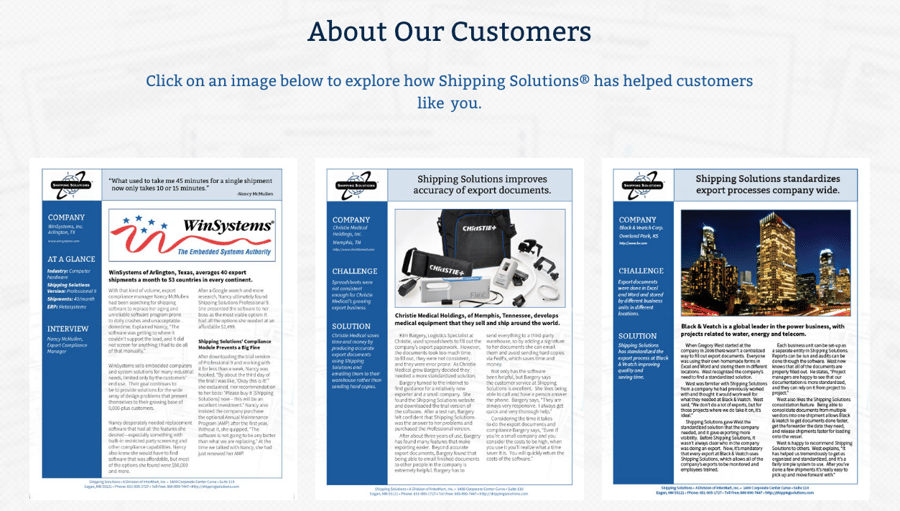
Customer & Client Logos
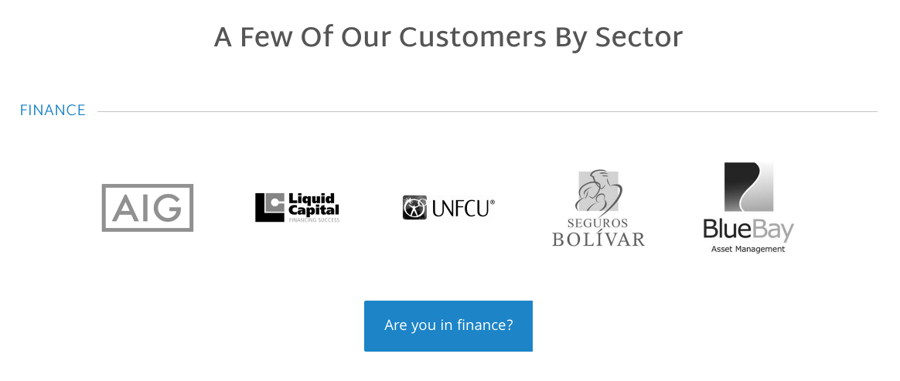
User Reviews
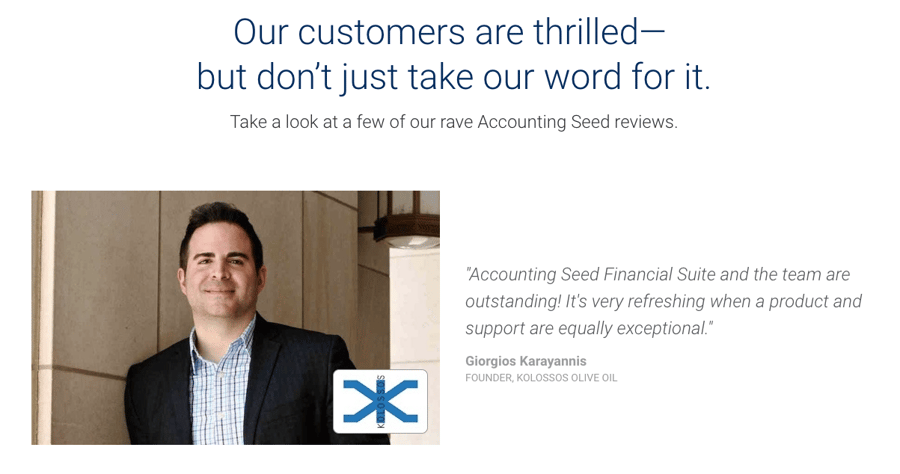
Accreditation

Consider the visual layout.
The visual layout of your website is key to the page’s success and should be considered from the beginning of the content creation process.
It’s best to include both paragraph text and organized lists (numbered, lettered, or bulleted) on your web pages, as this gives “scanners” an easy-to-read overview of the information yet still provides “liners”—anyone who wants to read the web page from top to bottom—with enough detail to keep them happy.
But before following that simplified rule of thumb, you’ll want to consider your personas. If your ideal customer is a busy CEO (or anyone who works in a fast-paced environment), he needs to take in information quickly. Therefore, bullet points with action-packed verbs may be the ticket. If your personas are thoughtful and studious—or your product offering is more detail-oriented—your readers will want all the detail you can provide them with. Paragraph copy is going to be the best solution for them.
You’ll also want to vary your page layouts to make them visually appealing. Layout is about more than just copy—it includes graphs, pull quotes, background colors, fonts, and images. You can have amazing copy that doesn’t convert because of a poor design, so make sure the entire team working on the website is on the same page.
Interview thoroughly.
The best source material for writing stellar website copy comes from subject matter expert (SME) interviews. These interviews, usually with knowledgeable people within the company, produce key insights you may not have considered yourself and make your job as a writer a whole lot easier.
Fair warning: Scheduling SME interviews is not for the faint of heart and requires persistence. These people are busy doing their own jobs, and may not relish taking 30 minutes out of their schedule to conduct an interview.
From an inbound marketing perspective, these interviews are vital in crafting stellar copy (without BSing it). If you aren’t an expert on the topic you’ll be writing about, here are a few important tips to keep in mind when you interview an SME:
- Come prepared with thoughtful questions. Do some background research ahead of time, and don’t ask basic questions that can be answered with a simple Google search. Your goal is to get the SME’s unique take on a subject, so include questions that will reveal their point of view, i.e.: “What do most people get wrong or misunderstand about [subject]?”
- Interview one person per web page at a time. Interviewing multiple SMEs at a time can spell disaster. They’re likely to disagree or talk over one another, diluting the quality of what’s being said and making it harder for you to parse out the most important things to include in the copy.
- If you must speak to two (or more) people at a time, send an outline of the questions you’ll ask beforehand. This will give your SMEs time to think through the topics and talk about them rather than discussing them at length with (or in front of) you and wasting time during your meeting.
- If you’re working on a long-term project, set up a recurring interview time. The duration and number of interviews you’ll need will vary based on your website copywriting timeline. When we’re rewriting a client’s entire website, we often write four to eight web pages each week; in our experience, a single hour-long interview per week is enough to cover the required topics (assuming we’ve done our due diligence in advance). Setting meetings up to recur each week keeps things consistent for you and your SMEs.
- Don't ask for input around how to craft specific copy elements. If you’re interviewing for the homepage, don’t ask your SMEs, “What headline ideas do you have?” Instead, ask:
- “Why is someone looking for the solution you offer?”
- “What brought someone to your company’s website—what’s their challenge?”
- “What are your persona’s specific pain points?”
- “What are three things that could make your visitors nod their head in agreement?”
- “Describe what your product or service can do for the visitor in as few words as possible.”
Get unstuck when you have writer’s block.
If you reach a point where you don’t know what to write (if you’re like me, that point comes before you’ve even typed a word!), don’t worry. In my experience, writer’s block happens when I don’t have enough information at the beginning of a project to feel confident in what I need to communicate. If that’s the case, one of these reasons might be the root cause:
- The strategy isn’t clear. To address this problem, speak with your strategist or the person masterminding the “so what?” of the web page. They should be able to answer your questions and help you with things like page structure, points to include, and the appropriate CTAs.
- You don’t have a wireframe to work from. Your wireframe should inform everything you do copy-wise, so, as with #1, you need to get that information and review it.
- You’re missing context or information about pain points, challenges, value, or benefits. To solve this problem you can either do more background research or ask for more information from the subject matter expert. If possible, do both! More information is always better than less when it comes to web copy—even if you’re writing only 200 words, you need a wealth of ideas to start from. This is typically the “fix” for my writer’s block.
You made it!
Is your head spinning after hearing about all these website copy writing best practices?
Don’t worry—simply keep this guide handy throughout the process and refer back as often as you need to. (You can download it below.) We’re certain using these tips will lead you to some pretty spectacular results.

